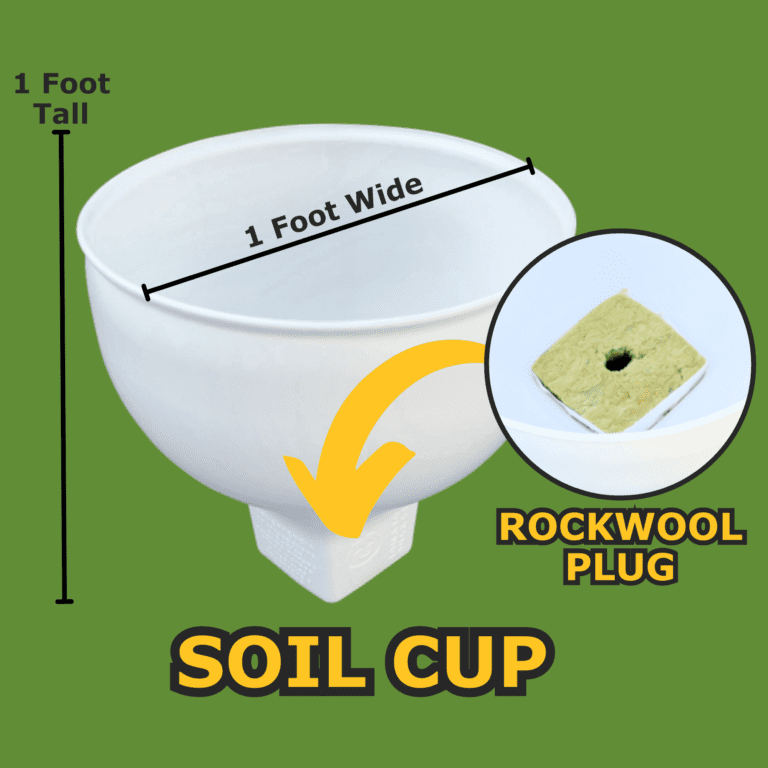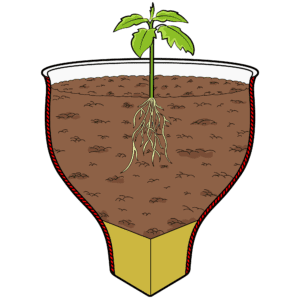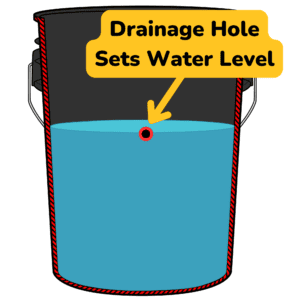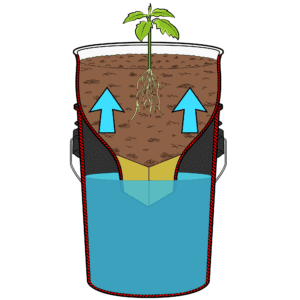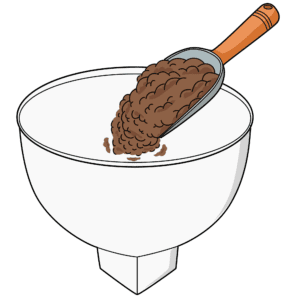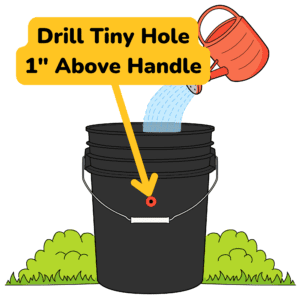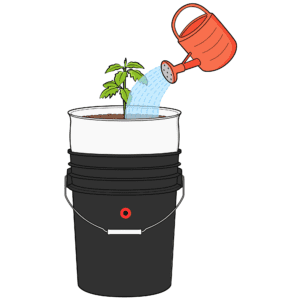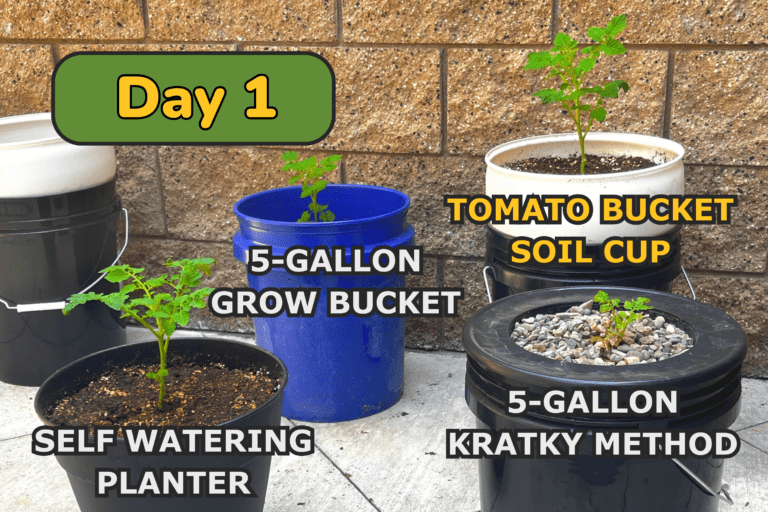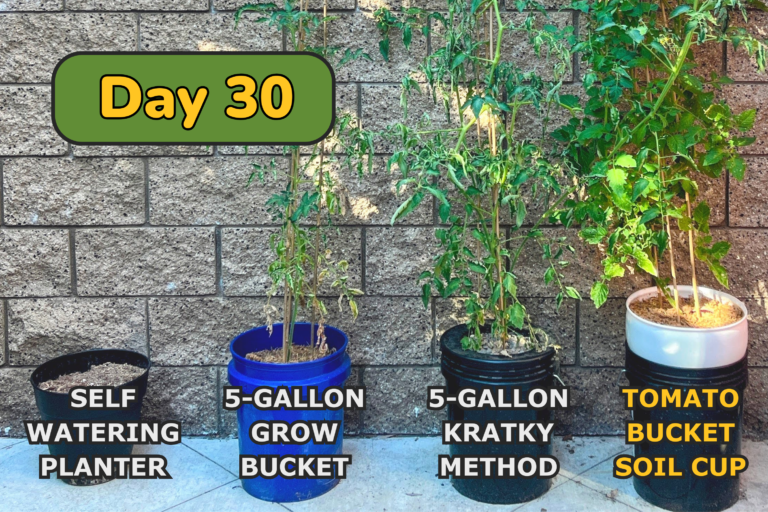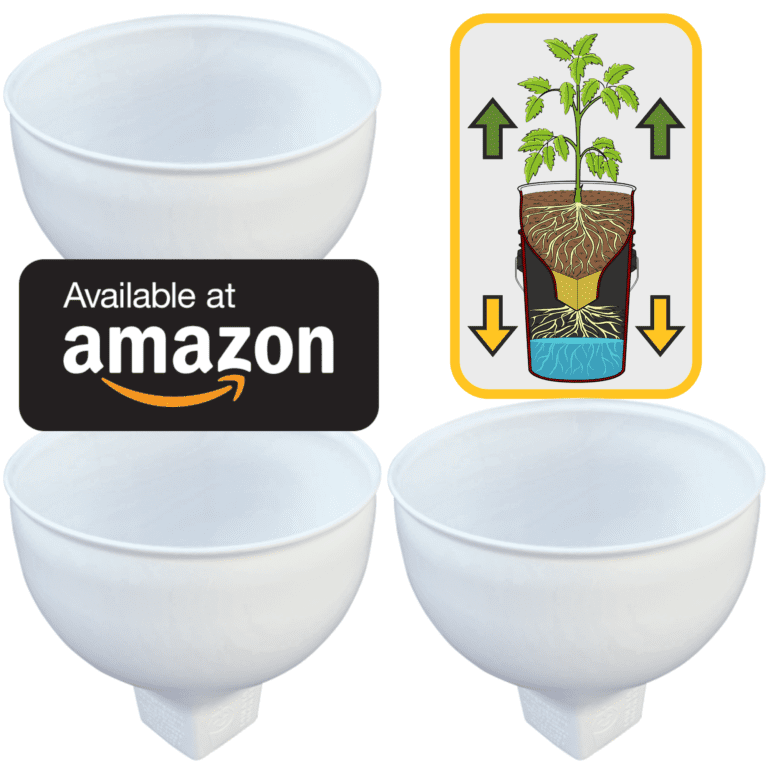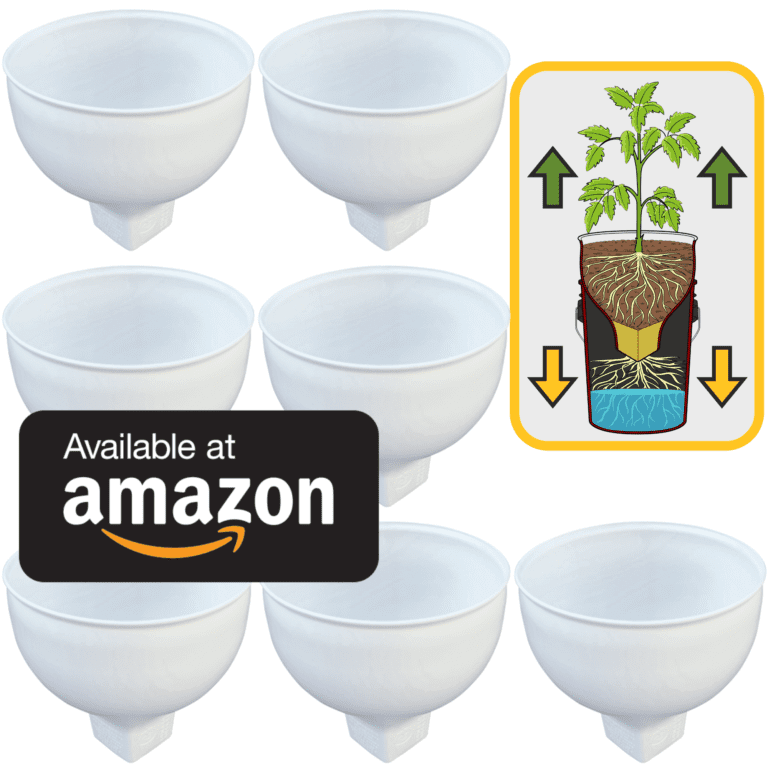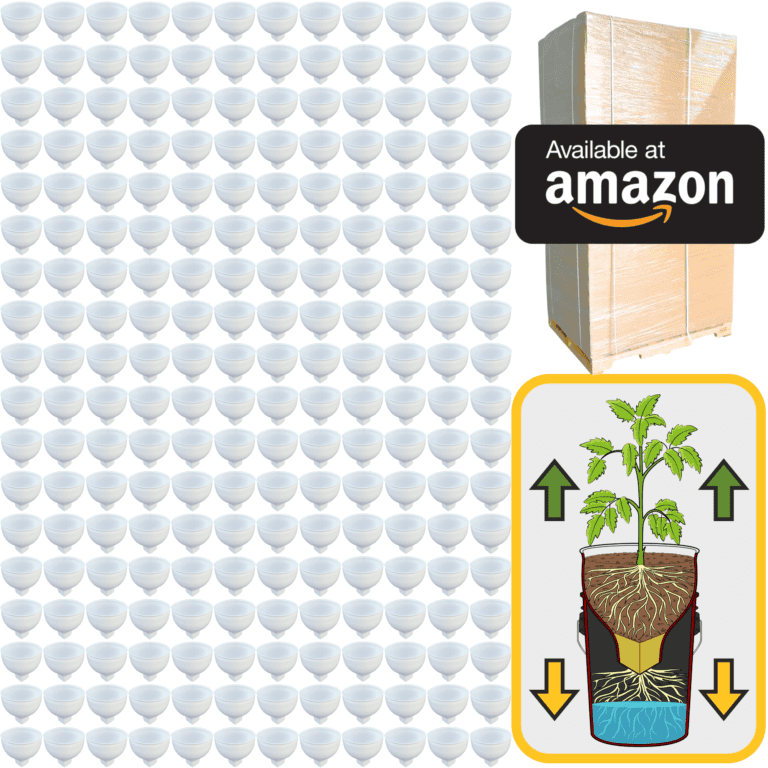Gardening has always been about more than just growing plants; it’s about nurturing life and being part of a larger ecosystem. And as gardeners, we have the power—and responsibility—to care for the earth while creating our own little patches of green. Sustainable gardening is about working with nature, rather than against it, using practices that benefit not just your plants, but also the soil, the creatures that live in and around your garden, and the planet as a whole. By adopting eco-friendly gardening methods, you can ensure that your garden thrives today and remains healthy and productive for years to come.
At its heart, sustainable gardening is about balance. A garden that works in harmony with its environment will require less effort, fewer resources, and less intervention. The more you support the natural processes that happen in your garden, the more resilient and self-sustaining it becomes. This means thinking about things like water conservation, soil health, and how to attract beneficial insects—all in a way that reduces waste and minimizes the need for harmful chemicals.
One of the first things to consider when creating a sustainable garden is how to manage water wisely. Water is one of our most precious resources, and using it efficiently in the garden is key. Instead of relying on frequent, shallow watering, which can encourage plants to develop shallow roots, aim for deep, less frequent watering. This encourages roots to grow deeper into the soil, making the plants more drought-tolerant over time. Mulching is another fantastic way to conserve water. A thick layer of organic mulch, like straw, wood chips, or leaves, not only helps retain moisture in the soil but also suppresses weeds and improves soil health as it breaks down.
Collecting rainwater is an excellent way to reduce your reliance on tap water. You can set up a simple rain barrel under your downspout to capture water from your roof during storms. This water is perfect for your garden, and using it helps reduce strain on local water supplies, especially during dry periods. Drip irrigation systems are another efficient way to water your plants, delivering moisture directly to the roots where it’s needed most, rather than losing it to evaporation.
Healthy soil is the foundation of any thriving garden, and building up your soil’s fertility without relying on chemical fertilizers is at the core of sustainable gardening. Composting is one of the most effective ways to nourish your soil naturally. By turning kitchen scraps, grass clippings, and leaves into rich compost, you create a nutrient-dense soil amendment that helps your plants grow stronger and more resilient. Compost improves soil structure, aids in water retention, and encourages beneficial microorganisms, which help break down organic matter and make nutrients more available to plants.
Another way to promote long-term soil health is by practicing crop rotation in your vegetable garden. Planting the same crops in the same spot year after year depletes the soil of specific nutrients and can lead to an increase in pests and diseases. By rotating crops—changing the location of different plant families each year—you help maintain soil fertility and reduce the risk of disease buildup. For example, legumes like beans and peas fix nitrogen in the soil, enriching it for future crops like leafy greens or root vegetables.
Cover cropping is another sustainable practice that can improve soil health. Planting cover crops, such as clover, rye, or vetch, during the off-season helps prevent soil erosion, suppresses weeds, and adds organic matter to the soil when turned under. Cover crops can also fix nitrogen, making it available for your garden plants in the following growing season. It’s a natural way to boost soil fertility without relying on synthetic fertilizers.
One of the joys of sustainable gardening is creating a space that attracts and supports beneficial wildlife. Pollinators like bees, butterflies, and birds play a crucial role in the health of your garden, helping to fertilize plants and ensuring a healthy harvest. To encourage these helpful creatures, plant a variety of flowers that bloom at different times throughout the season. Native plants are especially important, as they provide food and habitat for local pollinators. Creating diverse planting schemes not only benefits wildlife but also adds beauty and resilience to your garden.
In addition to pollinators, attracting beneficial insects like ladybugs, lacewings, and predatory beetles can help you control pests without the need for chemical pesticides. These natural predators feed on harmful pests like aphids, caterpillars, and mites, keeping their populations in check. One way to encourage beneficial insects is by planting “insectary” plants—those that provide nectar, pollen, or shelter for predatory insects. Plants like yarrow, dill, fennel, and marigolds can draw in these helpful allies, creating a natural balance in your garden’s ecosystem.
Of course, not all pests can be completely eliminated, but that’s part of the balance of nature. Accepting a small amount of pest activity in your garden is part of sustainable gardening. Rather than resorting to chemical sprays, you can use organic methods like hand-picking pests, introducing beneficial insects, or using natural deterrents like neem oil or insecticidal soaps. The goal is not to wipe out every pest, but to keep the ecosystem in balance, allowing your plants to thrive without the harmful side effects of synthetic chemicals.
Another key element of sustainable gardening is reducing waste and reusing materials whenever possible. Composting your kitchen and garden waste is one part of this, but there are other ways to reduce your environmental impact as well. Reusing old containers, repurposing materials for garden structures, or even growing plants from cuttings or seeds rather than buying new plants can all contribute to a more sustainable approach. By thinking creatively and using what you have, you can save money and resources while reducing waste.
Mulching with materials that are readily available, like fallen leaves or grass clippings, is another way to recycle organic matter back into your garden. As the mulch breaks down, it adds nutrients to the soil and improves its structure. You can also recycle materials like newspaper or cardboard as a base layer under mulch to suppress weeds, reducing the need for herbicides.
Finally, one of the most important aspects of sustainable gardening is choosing plants that are well-suited to your local climate and conditions. Plants that thrive in your specific environment will require less water, fertilizer, and pest control, making them easier to grow and more eco-friendly. Native plants, in particular, are adapted to the local ecosystem and provide vital support for native wildlife. By incorporating more native plants into your garden, you’re not only reducing the need for resources but also helping to preserve the local environment.
In the end, sustainable gardening is about creating a garden that works in harmony with nature rather than trying to control it. By embracing eco-friendly practices, you’re not just building a healthy garden for yourself—you’re contributing to a healthier planet. A sustainable garden is one that thrives with minimal intervention, using natural processes to support long-term growth and resilience. It’s a space where plants, insects, birds, and humans can coexist in balance, each playing their part in the cycle of life.
As a gardener, you have the power to make choices that benefit the earth. By conserving water, improving soil health, supporting beneficial wildlife, and reducing waste, you’re creating a garden that’s not only beautiful and productive but also sustainable for generations to come. Sustainable gardening is a journey, and with every step you take toward more eco-friendly practices, you’re helping to build a greener, more resilient world.

